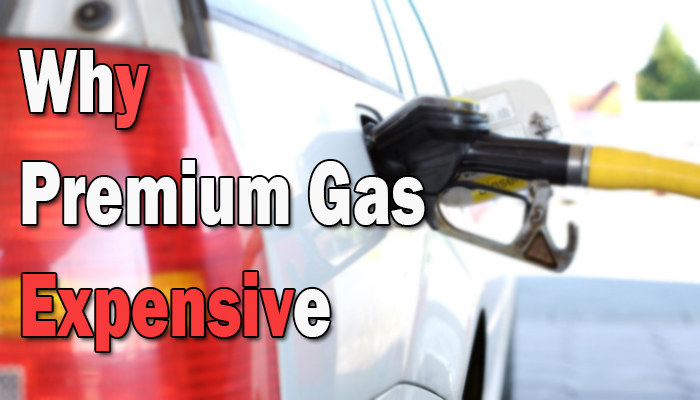The date is 1999, and you and the boys are getting ready for a night out on the town. First, though you have to gas up the car, and so you hit your local gas station for quick fill and go. Pulling up to the pump though you throw back your Ray-Bans and press pause on your Smash Mouth CD in surprise- one dollar and nine cents for premium?!
Why in the world did Premium prices jump up like that?! Who would ever pay over a dollar for gasoline?! Has the world gone insane?
You know that global political events can affect the price of gasoline, so you call up your friend who’s still at home on your Nokia cellular telephone and ask him to hop on AOL and see if there are news reports of any recent catastrophe.
Nope, he says, and just to be sure he double-checked his Myspace but nobody had tagged his wall with any news reports. “That’s weird,” you think as you decide that today you won’t be rocking premium in the tank after all- no sane person would ever pay more than sixty cents for gasoline. Under any circumstances ever.
Historically Premium prices have always been a healthy 20 to 30% higher than regular gasoline, but as many of our viewers have wondered, why in the world is Premium so much more expensive than Regular? And more importantly, do you even need to fill your tank with Premium?
Premium gasoline is not for everyone
No. No, you absolutely do not need to fill your tank with premium gasoline. It is a waste of money and you should stop it immediately because it’s not going to clean your engine or deliver better performance.
No amount of octane is going to make your used 2008 Toyota Camry run any better than it already is. The only reason you ever need premium gasoline is if you’re one of the elite who happens to own a luxury automobile or a high-performance sports car.
We’re talking actual high performance, not your crappy Honda with a few after-market modifications that sound like an angry lawnmower.
Great, glad we’ve got that out of the way- now.
Why in the world the Premium is so much more expensive?
Well, there are several answers to that question, and some of them aren’t all that obvious.
First, a focus on domestic oil production has increased the amount of light crude oil being refined here at home, which has created a surplus of naphtha, which is sort of a filler for gasoline that is, unfortunately, a lower octane.
Octane is basically a rating that tells us how well a fuel operates in a high-performance engine.
Low octane fuels can pre-ignite which can damage high-performance engines that compress fuels to greater degrees than regular engines.
High octane fuels can resist the tendency to ignite early though until the proper time, delivering more performance and burning more cleanly thus reducing emissions. Again though, this is only inside of high-performance engines, and over 80% of vehicles on the road today don’t need to use premium fuel.
Due to a surplus of low octane feedstock for gasoline, producers are making more low octane gasoline which drives up the price of premium fuel.
With the plastics industry moving away from naphtha, it has also led to a surplus of the stuff which only encourages fuel producers to create lower octane fuel.
In essence, there’s a smaller supply of Premium than other grades of gasoline, which drives up the price.
Government regulation has also played a part in driving up the cost of Premium fuel, thanks to environmental regulations that have banned or restricted the use of high octane additives.
Before you get all anti-government on us and rant about government interference, consider that until Congress stepped in, fuel producers were adding lead to gasoline and created a lead-poisoning epidemic so widespread that we are still unsure of the effects of decades of its use.
In many places, the dirt on the side of major roadways was so toxic that after the lead ban it had to be shoveled away and stored in toxic dump sites. So maybe paying a few extra cents so we all don’t suffer permanent brain damage is kind of a good thing, seeing as the industry isn’t going to magically grow a conscience and decide to start doing the right thing out of the sheer goodness of its heart.
Thanks, government! Finally, the reason for the spike in Premium gas prices is that gas stations often know they can make up earnings shortfalls by spiking the price of Supreme.
A significant portion of the population- about 20%- has no choice but to buy Premium in order to fuel their luxury and high-end vehicles, and others will ignorantly buy the stuff thinking it’s going to make their sweet modded out Honda Civic run better when it isn’t.
Either way, both customers will still pay the price spike, ensuring that Premium fuel remains expensive. It’s not likely that we’ll see the price of Premium lower, and in fact, as more efficient engines are created, eventually all fuel may end up being Premium as these new efficient engines will require high octane fuel.
Hopefully before then though we’ll all be driving electric vehicles and zooming down city streets in our awesome Back to the Future hoverboards, though by now we guess that’s just not very likely.

